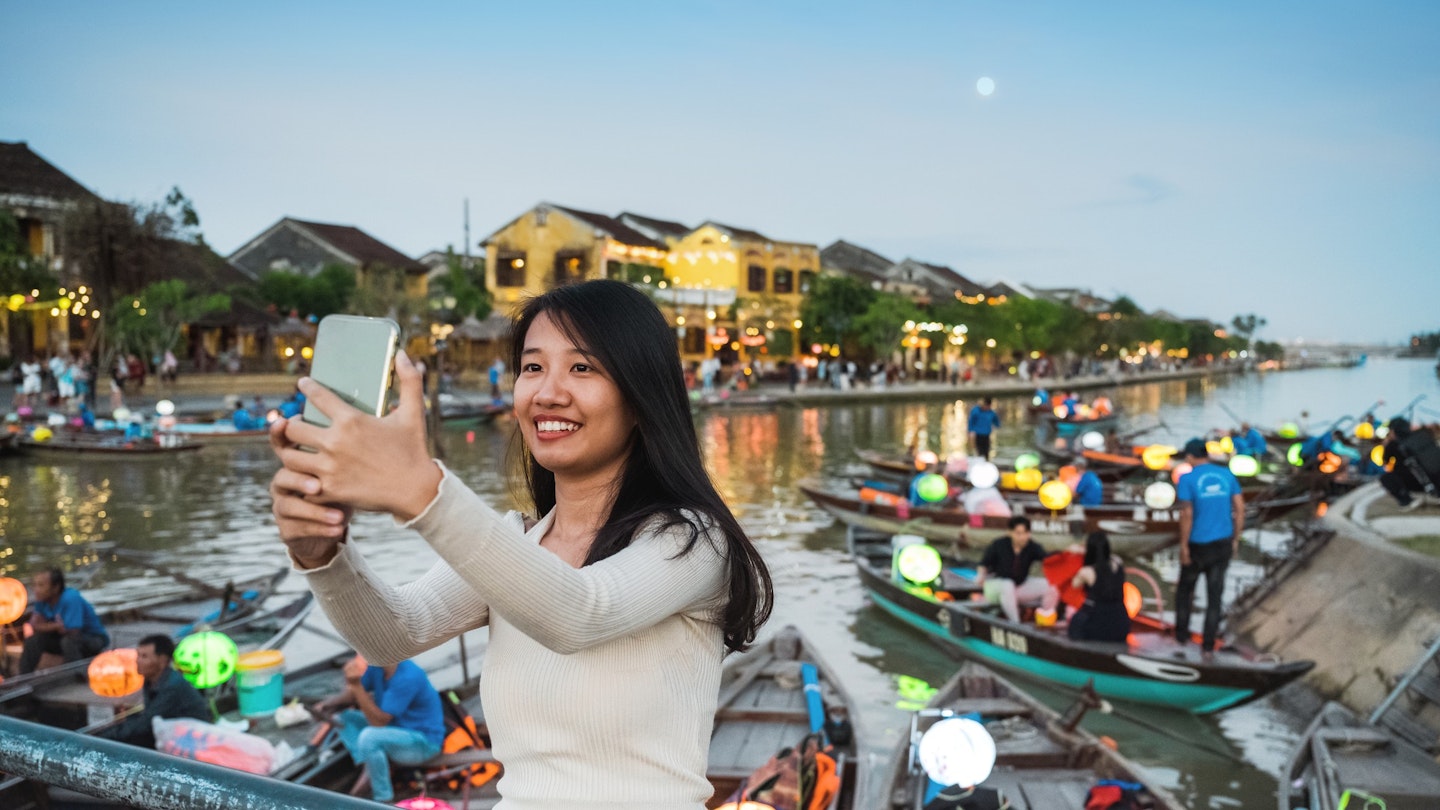Vietnam serves up a generous dose of Southeast Asian magic at any time of year; however, some seasons are more favorable for travelers than others. A lot depends on what you seek during your trip — whether it’s sunbathing on the central coast or trekking in the highlands.
To enjoy the beach, it is advisable to plan your visit between February and June when the weather is drier. Conversely, if trekking is on your agenda, the optimal season is from October to March.
Vietnam’s climate can vary significantly with geography. The nation stretches 1,650 km (1,025 miles) from north to south, featuring tall mountains in the northern region and flat tropical wetlands in the Mekong Delta. In the north, winter temperatures can be quite chilly, and between December and February, regions such as Sapa may even experience snowfall, while the Delta enjoys milder temperatures around 25°C (77°F).
July and August: Ideal for Beach Lovers
From July to August, Vietnam sees its peak tourist season, largely due to favorable beach weather along the central coast. Consequently, demand for flights and accommodations surges, particularly in popular resort areas like Danang and Nha Trang. It’s advisable to book your accommodations well in advance to avoid inflated prices, which can rise by up to 50% during this period.
While the rest of the country enjoys warm and humid weather, be prepared for tropical monsoon rain. This is generally a poor time for visiting northern regions, as trekking trails can become muddy, and cities such as Hanoi and Halong Bay are subjected to heavy rainfall. Notably, in August, the festival of Trung Nguyen, or Wandering Souls Day, involves elaborate offerings of food left out for spirits.
December to March: Explore Hanoi and Ho Chi Minh City (HCMC)
Vietnam’s winter months from December to March offer drier and cooler weather, making it an excellent time to explore the vibrant cities of Hanoi and Ho Chi Minh City. Temperatures are manageable, and lower humidity levels make it more pleasant for sightseeing on foot.
Moreover, these months are perfect for visiting the Mekong Delta and the beautiful island of Phu Quoc, where visitors can enjoy warm weather and clear skies. However, as April nears, temperatures in the south begin to rise significantly.
It is worth noting that the Tet festival, marking the Vietnamese lunar New Year, occurs in late January or early February, causing a spike in travel as people across the country return home, resulting in increased accommodation costs.
April to June and September to November: Avoid the Crowds
The low season in Vietnam coincides with the transition from the dry winter to humid summer and vice versa. Therefore, visiting from April to June and September to November offers a more serene experience, allowing travelers to enjoy attractions with fewer crowds and potentially lower prices.
During these interim periods, travelers are likely to encounter milder weather, although occasional rain showers can occur. The October to November timeframe is particularly favorable for exploring Halong Bay and its less commercial neighbor, Bai Tu Long Bay, known for its stunning natural beauty.
Many exciting festivals fill the calendar during these months. For example, the Hue Festival, held every two years in Hue, attracts visitors with vibrant displays of music and lights. Additionally, the Danang Fireworks Festival showcases impressive pyrotechnic displays every June or July.
Understanding Typhoon Season in Vietnam
The typhoon season in the Northwest Pacific runs from May to November, with the highest risk of storms typically occurring in August and September. Each year, Vietnam experiences approximately four to six typhoons, characterized by heavy rain and strong winds which can lead to flooding and transportation disruptions.
The most affected areas are the southern coast and northern coastal regions, including Halong Bay. Therefore, it is essential to stay updated on weather reports and focus on land-based activities during potential storms.
This guide provides valuable information for travelers aiming to explore Vietnam in its best light, ensuring memorable experiences aligned with seasonal variations.




